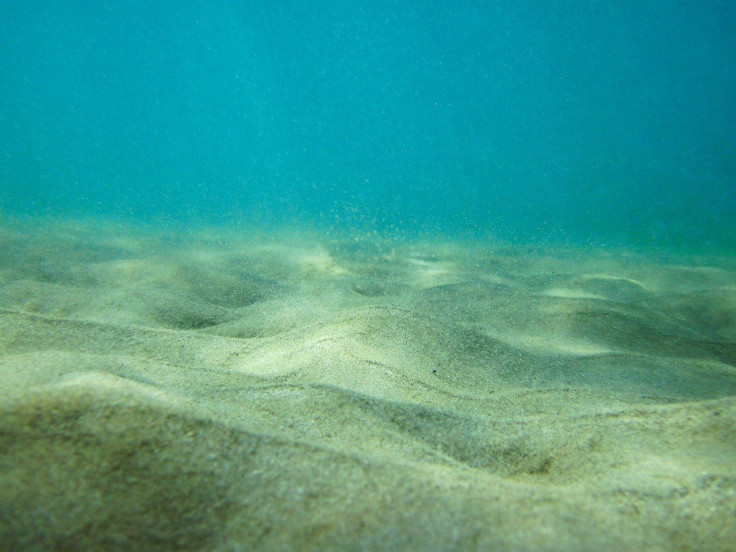Ancient Bobbit Worms? Researchers Find Lair Of Ambush Predatory Worms
KEY POINTS
- Researchers found evidence of a giant predatory worm that lived 20 million years ago
- Like the bobbit worm, the ancient creature likely ambushed its prey and pulled it into its lair
- Unique features of the trace fossils suggest the prey tried to escape from the predator
Sometimes, the ancient creatures that scientists discover seem like they came straight out of science fiction. That surely applies to what a team of researchers recently found in Taiwan. In a new study, the researchers describe evidence of what appears to be a giant predatory worm that stealthily ambushed its prey.
Anyone familiar with the infamous bobbit worm knows how terrifying they can appear. The iridescent creatures can grow up to 10 feet long and they stay hidden in their burrows under the ocean floor. Once an unsuspecting prey passes by, the bobbit worm quickly lunges out of its burrow and then pulls the helpless prey into its lair.
In a new study published in Scientific Reports, the researchers present evidence pointing to a possible bobbit worm ancestor in trace fossils near the coast of Taiwan. As Nature Publishing Group explained, trace fossils are geologic features that allow scientists to make conclusions about ancient organisms.
In this case, the researchers focused on 319 L-shaped burrows at Yehliu Geopark and Badouzi promontory that were 6.5 feet in length and .79 or 1.18 inches in diameter. The burrows, which the researchers named Pennichnus formosae, also have unique "feather-like" structures that have not been seen in other trace fossils before, Yu-Yen Pan, study lead author and Ph.D. student at Simon Fraser University (SFU) explained in the university news release.
The researchers looked at the creatures that could have lived in those burrows, including shrimps and bivalves, but the characteristics of Pennichnus suggest that it was likely the lair of something similar to the bobbit worm.
At 10 feet long, the bobbit worm is one of the most terrifying predators in all of the sea. And scientists might've just found its 20-million-year-old ancestor:https://t.co/WS8fyX6lq0 pic.twitter.com/u7uITkTjua
— WIRED (@WIRED) January 21, 2021
"To summarize, we hypothesize that about 20 million years ago, at the southeastern border of the Eurasian continent, ancient Bobbit worms colonized the seafloor waiting in ambush for a passing meal," the researchers wrote. "When prey came close to a worm, it exploded out from its burrow, grabbing and dragging the prey down into the sediment."
According to the researchers, the feather-like structures were likely created by the disturbance when the poor prey "floundered" in its attempt to escape. And after feeding, the creature appears to have reinforced its lair with mucus, as supported by the high traces of iron that the researchers found.
Simply put, the researchers found evidence of a possible bobbit worm ancestor. Pennichnus now adds valuable information about these ambush predators, which have existed in various incarnations for millions of years, but have left little traces behind.

© Copyright IBTimes 2025. All rights reserved.






















